Things to do in Germany
Every country has its outstanding and special attractions. Goway has selected its Top 15 Things to Do in Germany (not in any particular order) for you to enjoy on your visit to this destination.
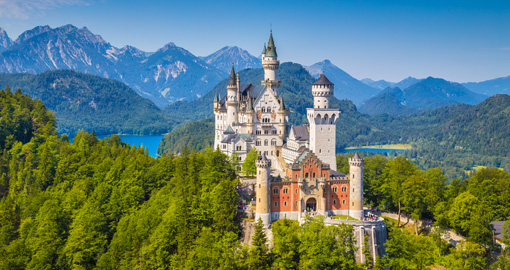
Reichstag, Berlin
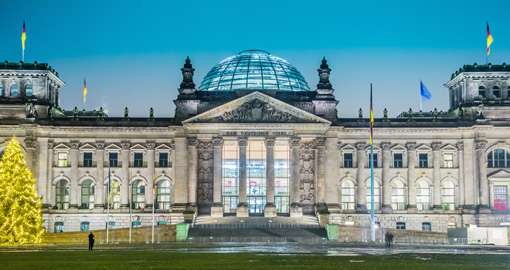
The Reichstag is the home of the German parliament and is situated close to the Brandenburg Gate. It was first opened in 1894 and housed the government until 1933 when it was severely damaged after being set on fire. It was only fully restored in 1999. The large glass-domed roof is a great place to have a 360-degree panoramic view of the city on German vacations. There is a restaurant on the roof which allows you to eat and enjoy the views. At night, the Reichstag is illuminated when it looks amazing. The shape of the dome allows the use of natural lighting which makes the building a unique symbol of sustainability. Inside there are a number of art collections and exhibitions as well as permanent works. You can check out the graffiti left by Soviet soldiers in 1945 which has been carefully preserved.
The Museums of Berlin
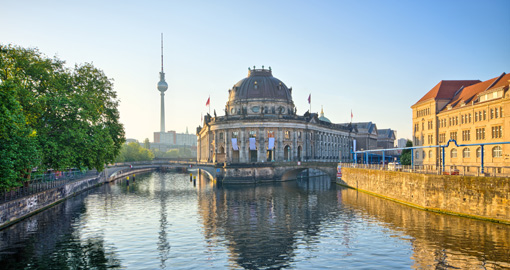
Berlin has a wonderful selection of museums to enjoy on travel to Germany. A three-day Museum Pass allows entrance to all the normal exhibitions of the approximately 55 state-run museums. Berlin’s “Museum Island” houses five of Berlin’s major cultural centres. These include the well-known Pergamon Museum with its impressive collection of ancient Egyptian, Roman, and Greek artifacts, the Bode Museum with its sculpture collection, said to be one of the most comprehensive in Europe, and the Altes (Old) Museum which houses the Museum of Antiquities (ancient Greek and Roman decorative art), the Neues (New) Museum) which includes Egyptian antiquity artifacts, the highlight of which is a bust of Queen Nefertiti dating back to 1360 BC and the Old National Gallery with its collection of 19th Century paintings from the Impressionist period. A day ticket is available permitting entrance to each museum on the island. Elsewhere, there is the Jewish Museum very striking and poignant, designed by Daniel Libeskind. The exhibits relate to Jewish social, political, and cultural history in Germany from the 4th Century to the present. Close to Potsdamer Platz is another cluster of cultural buildings including museums. There is the Gemaldegalerie with its thousands of European paintings from the 13th to the 18th Century, the Neue Nationalgalerie designed by Mies van der Rohe with art from the 20th Century and the Musikinstrumenten Museum which contains a vast range of unusual instruments. The Mauermuseum at the site of the original Checkpoint Charlie tells the story of the escapes from East Germany into the west.
East Side Gallery, Berlin
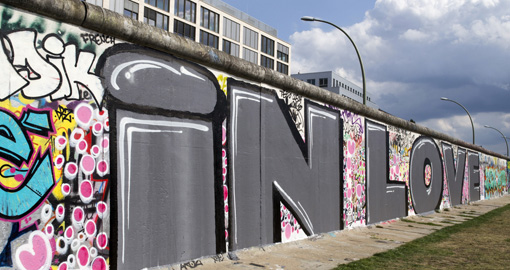
The East Side Gallery is part of the old Berlin Wall of which very little remains intact. This section is 1315 metres/4275 feet long on which there are 105 paintings by artists from all over the world on display. It is possibly the largest open-air gallery anywhere. They express the hopes for a better and freer future for everyone.
Historic Potsdam
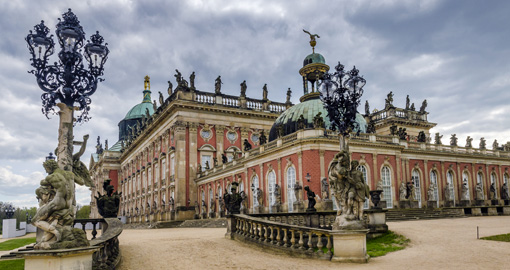
Potsdam is just outside Berlin. Here you will find the former Prussian royal palace with its wonderful gardens. It was Frederick the Great's (1712–86) famous summer palace called Sanssouci. On German tours, you can enjoy the interior with highlights being the Concert Hall where the king gave flute recitals, the Library with its 2000 leather-bound books and the Marble Room modelled after the Pantheon in Rome.
Cosmopolitan Hamburg
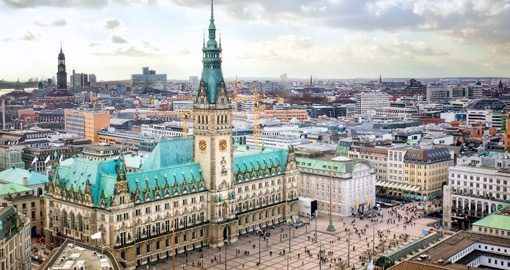
Hamburg is Germany’s second-largest city and largest port with a reputation for its vibrant nightlife and excellent shopping. In the centre of the city are two immensely attractive lakes, the Inner Alster and Outer Alster. A stroll around them on German vacations will take in picturesque city squares and historic avenues as well as cafés and landing stages used by tour boats. The lakes are lined with many beautiful parks and gardens. The impressive City Hall is Hamburg's seat of government and is where the Parliament and the Senate assemble. It is open to the public for guided tours. The courtyard resembles an Italian piazza. The Elbphilharmonie Hamburg is a futuristic complex comprising two concert halls and a hotel. From the rooftop, you can enjoy spectacular views of the city. St. Michael's Church is one of Hamburg's five Lutheran churches and the most famous one in the city. It is considered to be one of the finest Hanseatic Protestant baroque churches. The Hamburg Kunsthalle is one of the largest art galleries in the country and houses one of the few art collections in Germany that covers seven centuries of European art, from the Middle Ages to the present day. The Reeperbahn is a street and entertainment district in Hamburg's St. Pauli district. In the early 1960s, The Beatles, before they became famous, played in several clubs around the Reeperbahn. The Beatles-Platz (Beatles Square/Plaza) has been made to look like a vinyl record and is surrounded by five statues representing The Beatles, each of whom played at times during their Hamburg engagements.
Charming Dresden
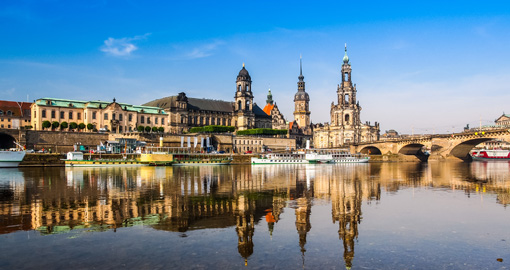
On travel to Germany, Dresden offers many wonderful buildings, a long history, lush green space, and a unique charm. 80% of Dresden’s historic centre was destroyed during World War II but all the important landmarks have been rebuilt to their former glory. Dresden has been described as “Germany’s Florence”. The Old Town hovers above the River Elbe. The most architecturally beautiful section dating back to the mid-1700s is Bruhl’s Terrace – known as the “Balcony of Europe.” From the terrace, you can see many of the sites around Dresden. Zwinger Palace, Dresden’s answer to Paris’ Versailles, was originally built in 1709. It has spacious ornamental gardens and contains various museums including one of the world’s largest collections of Dresden porcelain. Neumarkt Square is the city’s best-known square and one of the places restored to its old self with its gabled houses built in Baroque style. In the square is the Frauenkirche (Church of our Lady), completely destroyed during the war and now totally rebuilt. The Semperoper opera house, largely destroyed during the war is considered one of the world’s loveliest. It is a venue for symphony concerts and ballet. Dresden’s Neustadt neighbourhood is a mixture of the bourgeoisie and the bohemian with its alternative scene of eccentric cafes and pubs, art galleries, small theatres, and small shops.
Magnificent Munich
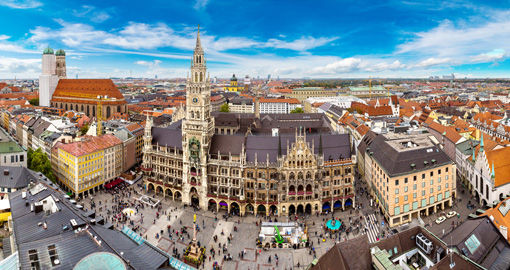
Munich is the third largest city in Germany and is famous for its beautiful architecture and culture. The city’s architecture is stunning with its mix of historic and modern buildings. Although heavily damaged during World War II, many of its buildings have been rebuilt and the city centre appears mostly as it did in the late 1800s such as Marienplatz in the heart of the city. This medieval-like square contains some of Munich’s most important buildings including the huge Rathaus (City Hall) with its wonderful stained glass windows, the Neues Rathaus, with its world-famous "Glockenspiel", the fourth largest in Europe and the Frauenkirche, Munich’s cathedral, built in the 15th Century. The Munich Residenz is the former royal palace of Bavarian Monarchs and the largest city palace in Germany with its ten courtyards and 130 rooms. One of the major pleasures in Munich is to walk along its four grand royal avenues of the 19th century with their magnificent official buildings. These are Briennerstrasse, home to the Kunstareal and Munich's gallery and museum quarter, Ludwigstrasse, home to numerous state ministries and palaces, Maximilianstrasse, where the Residenz, the National Theatre, designer shops, luxury boutiques and jewellery stores are situated and Prinzregentenstrasse, home to many centres of culture such as the Haus der Kunst and the Bavarian National Museum. Munich is a green city with numerous parks. The Englischer Garten, one of the World's largest urban public parks, contains jogging tracks, bridle paths and multiple Biergartens.
Romantic Heidelberg
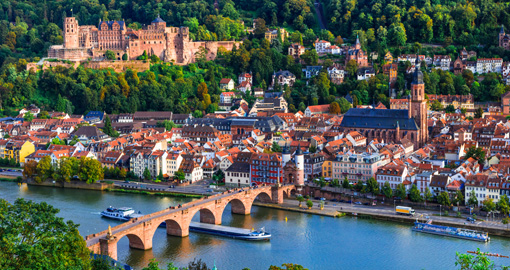
One of Germany’s most beautiful cities to travel to Germany is Heidelberg which is attractively situated on the River Neckar. It has Germany’s oldest and most famous university. Its centre is the Aldstadt (Old Town) with unspoilt medieval architecture, wonderful old churches and a large selection of shops, cafes and restaurants. Overlooking the Altstadt is Heidelberg Castle which is beautifully illuminated at night. The views from this 16th Century castle are outstanding. Other major attractions here on German vacations are the 15th Century Heiliggeistkirche (Church of the Holy Ghost) and Heidelberg University which dates back to 1711. The Baroque Palais Morass, a villa on Heidelberg’s main street, contains the excellent Palatinate Museum which houses a collection that includes the lower jaw of the 500,000-year-old Heidelberg Man. Philosophers Walk is a pathway that runs along the side of a small mountain for 2.5 kilometres/1.5 miles where you can enjoy views across the Neckar River to the old town.
Bayreuth Festival
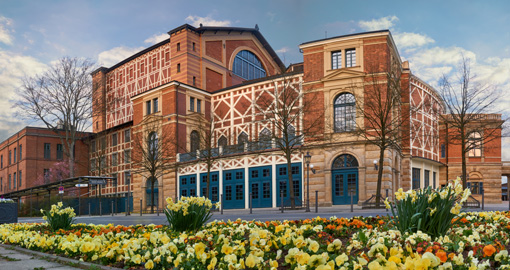
The Bayreuth is a music festival held annually in the city of Bayreuth This world-renowned festival presents performances of operas by the 19t Century German composer Richard Wagner. Performances take place in a specially designed theatre, the Bayreuth Festspielhaus. Wagner personally supervised the design and construction of this theatre which contained many architectural innovations to accommodate the huge orchestras for which Wagner wrote. The Festival attracts Wagner enthusiasts, very often annually. Make sure to purchase tickets well in advance if on German vacations.
Beethoven House, Bonn
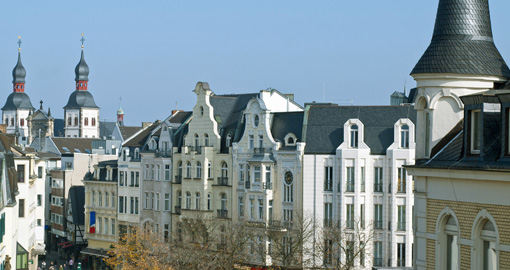
The Beethoven House is a memorial site, a museum and a cultural institution all in one. Founded in 1889 by the Beethoven-Haus Association, it contains a study of his life and works. It is also his birthplace. It contains a research centre, library and a chamber music hall. The museum includes the annex where the composer spent the first years of his life with portraits, manuscripts, sheet music printouts and instruments which give an insight into Beethoven's life and work.
Captivating Bavaria
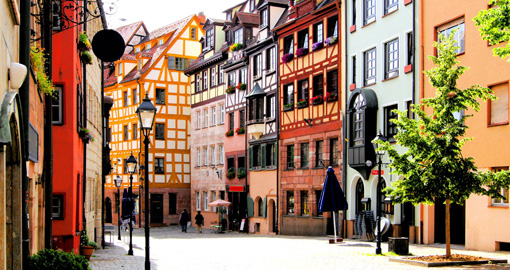
Bavaria is a good place to spend some time as it has a long history and more recently, is known for the Nuremberg Trials after the 2nd World War. The heart of Nuremberg is the Altstadt (old town) and the main square where there are daily markets. Also in the square is the Frauenkirche church with its special clock from which at noon, the clock’s figures enact a spectacle called the Little Men Dancing. The castle in the old town dates back to 1495 with its five-cornered tower. There are excellent views of the town from the castle on German tours. Regarding the 2nd World War, one can visit the Memorium Nuremberg Trials exhibit. Augsburg is also a delightful city to visit on German vacations. The City Hall was built in the early 17th Century and is said to be the most significant Renaissance building in Northern Europe. Next to the City Hall, the Perlach Tower offers spectacular panoramic views of Augsburg. Maximilianstrasse, also known as the Imperial Mile, has splendid fountains, monuments and bronze sculptures. Regensburg is the best preserved medieval city in Germany. Located on the Danube River, it is a UNESCO World Heritage site with some authentic and outstanding buildings. Wurzburg is a city known for its art and architecture. The most impressive building is the Residenz, a splendid palace and one of the finest Baroque buildings in Germany. Built-in the 18th Century, it took 60 years to complete. Ulm is a quaint city known for the church with the tallest steeple in the world, the Gothic Minster and as the birthplace of Albert Einstein. The Rathaus (Town Hall) was built in 1370 and features some brilliantly coloured murals dating from the 16th Century.
The Bucolic Black Forest
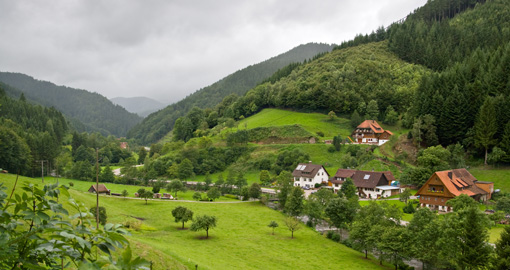
The Black Forest is a large forested mountain range in southwest Germany. The name is derived from its dark-covered evergreen hills. As well as its beauty, which can be discovered on German vacations, it is also the perfect place for hikers and bikers. Baden-Baden, the spa town made famous over time, reached its most prevalent era in the 19th Century. It is blessed with a mild climate and numerous hot springs. Another attractive city is Freiburg, considered the gateway to the Black Forest. It has a backdrop of rolling hills and a mountain which lies within city limits. Not far from Freiburg is the attractive Lake Titisee, perfect for swimming, sailing, windsurfing or just strolling along the waterfront. Another picturesque lake is Schluchsee, the largest lake in the Black Forest.
Cruising the Rhine River
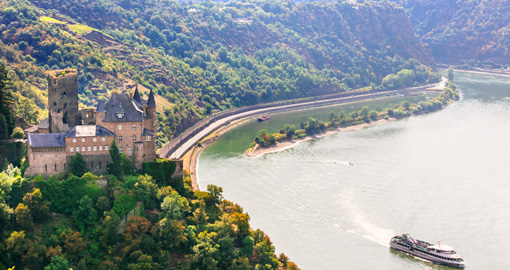
Probably Europe’s best-known river, the Rhine offers a great deal of variety and is one of the most famous bodies of water on which to embark on European river cruises. The river originates in Switzerland and heads north as far as the German/Netherlands border. Along its banks are impressive fortresses, romantic castles and ancient homes. As you sail along the river, you pass countless vineyards and can visit charming and quaint historical towns such as Rudesheim, Bingen and Koblenz as well as large and interesting cities such as Bonn and Cologne. River cruising is very different from ocean-going cruises. You are never out of sight of beautiful landscapes.
Oktoberfest, Munich
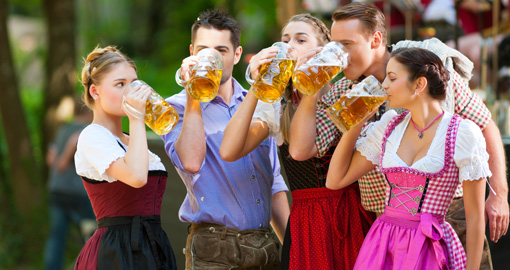
For two weeks, the Oktoberfest in Munich attracts millions of people visiting its beer tents. The Hofbrauhaus, possibly the most famous beer hall worldwide, is located in the city centre. This world’s largest beer festival has been running annually since 1810. It is held in 14 large and around 20 small tents, each sponsored by a different brewery. You can find typical Bavarian and traditional German food served along with beer. If you prefer wine, this is also readily available. There is, of course, lots of music being played.
Christmas Markets
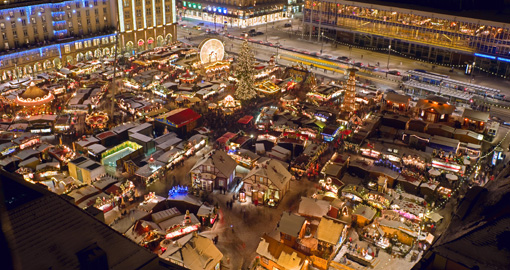
These are very special and wonderful places to purchase your Christmas present and take place usually in late November. Apart from the gifts, you can enjoy a glass of mulled German wine and gingerbread, plus there are sometimes free concerts taking place in churches and similar venues. There are so many Christmas Markets in Germany but some of the more important ones are in Berlin, Cologne, Dresden, Rothenberg, Munich and Nuremberg.
Get a Trip Quote Order a Brochure
















